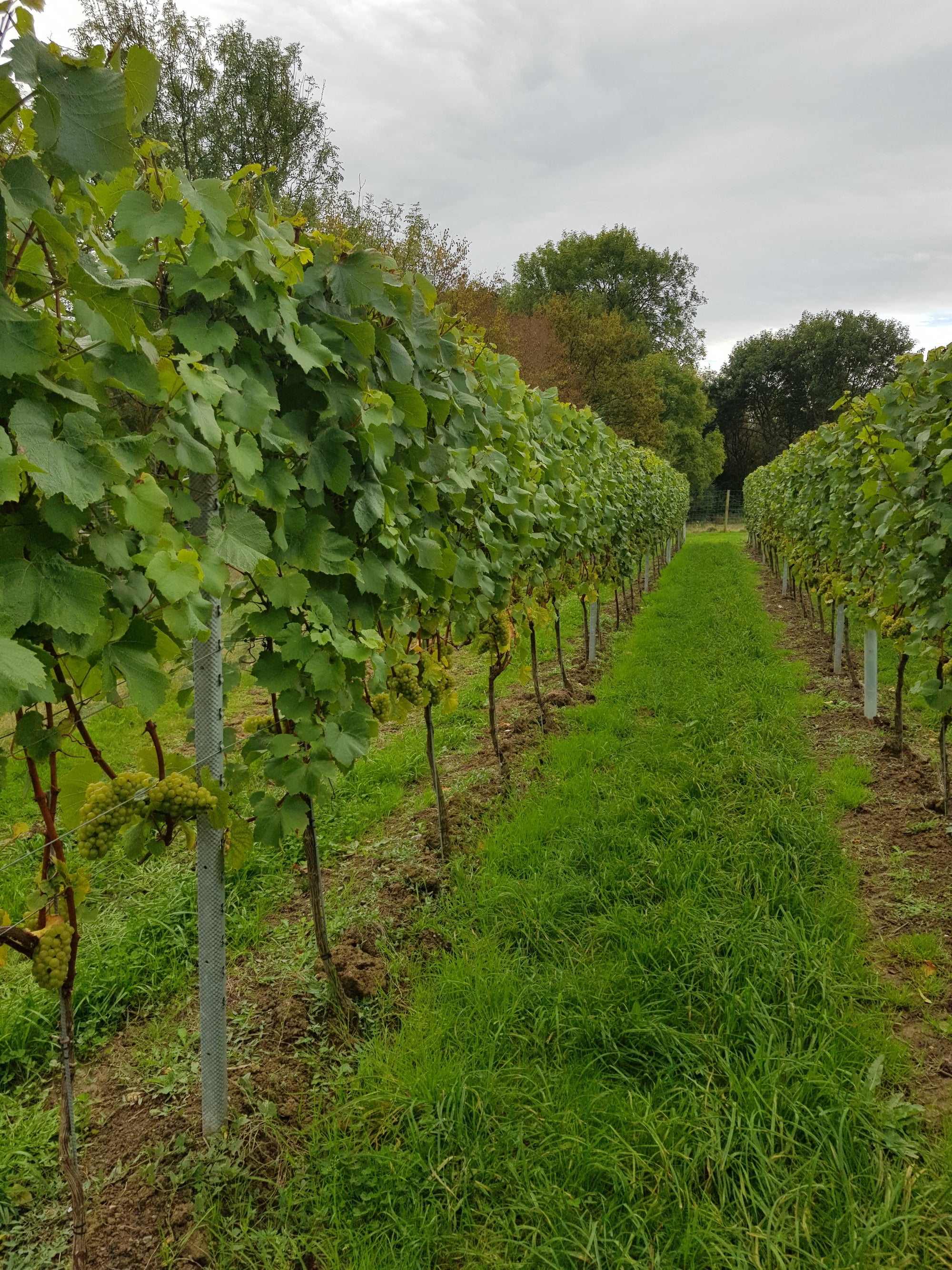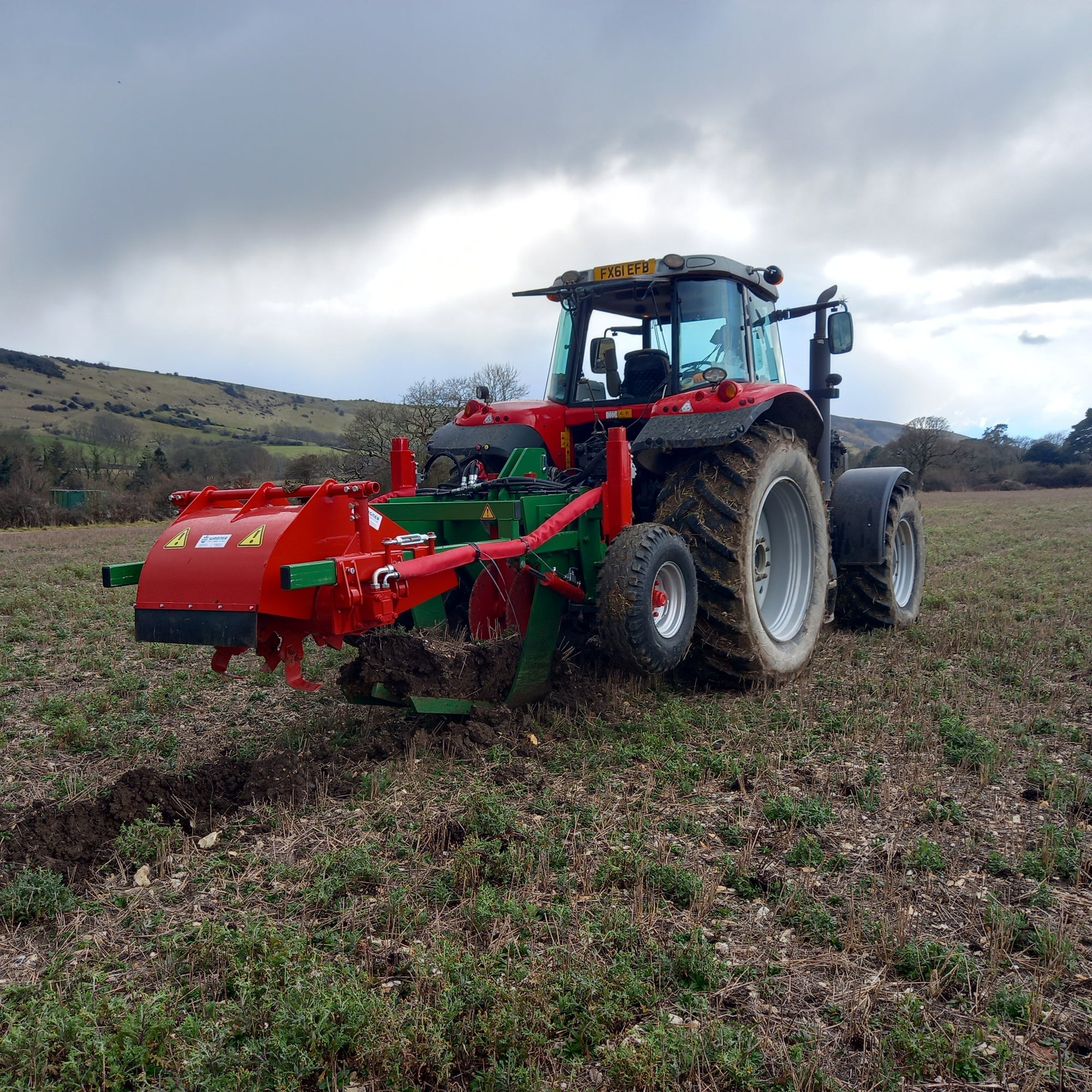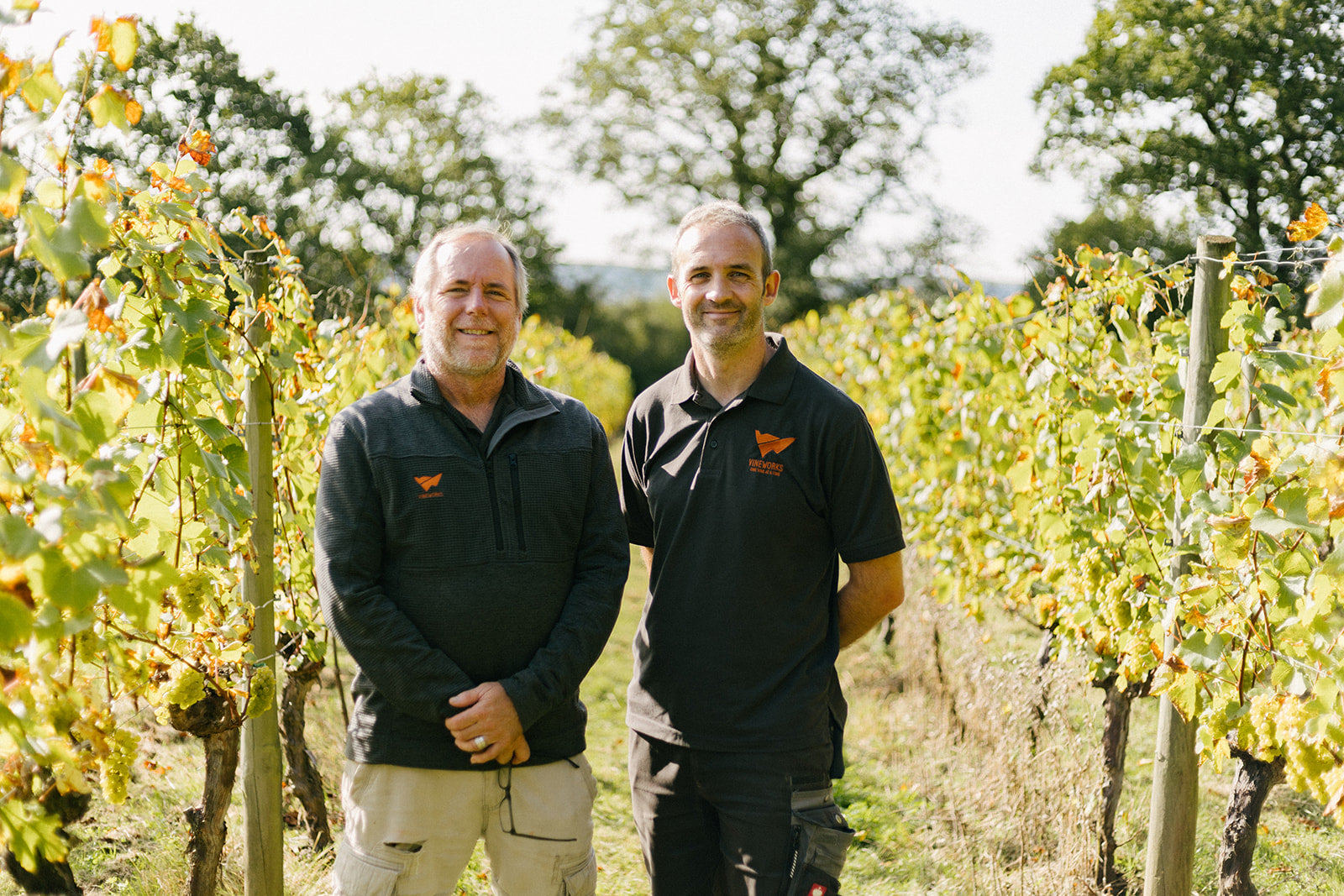

MANAGING ACIDITY IN WINE BEGINS IN THE VINEYARD
Why Should Acidity be Managed?
Acidity provides a freshness and sharpness to the flavours in a wine. It is also essential for creating the wine’s balance between bitter and sweet.
A wine’s overall acidity is the product of a combination of different acids, each having different impacts on the wine. The most concentrated is grape derived tartaric acid. In an alcoholic solution, tartaric acid’s solubility is reduced and undesired crystals may precipitate.
Grapes that are grown in cooler regions like the UK, generally have a high concentration of malic acid. A wine with a high concentration of malic acid will likely taste tart with a sharp mouthfeel. Acetic acid in low concentrations is inevitable in wine production, but high concentrations result in spoilage. Its appearance in wines at high concentrations is likely due to an acetic acid bacterial infection. In the presence of oxygen, this infection converts alcohol into acetic acid.
Practices in the vineyard and winery must be utilised to manage this acidity so that it does not negatively affect the flavour or appearance of the wine.
What Causes Acidity in Wine?
During grape berry development, the concentration of malic and tartaric acid increases up until veraison. Once veraison begins, the tartaric acid concentration remains relatively stable.
However, malic acid concentration begins to reduce as it is metabolised to form sugars inside the grape berry. This process is accelerated by higher temperatures. Therefore, grapes grown in cooler climates have higher concentrations of malic acid, and a higher overall acidity. Other organic acids in wines are formed through various metabolic processes that occur during winemaking. However, these generally exist in very low concentrations (unless a wine has been spoiled).
How can Acidity be Managed in the Vineyard?
Vineyards are harvested when grapes reach a certain maturity which enables a particular wine style to be produced. This maturity level is commonly (but not exclusively) determined by the grapes’ sugar and acid levels. Therefore, vineyards should be managed in such a way that sugar content and acidity are manipulated so that the desired maturity can be reached. As the cool climate in the UK is conducive to producing high acid grapes, the viticultural focus must be on ensuring that sugar accumulation is high enough and acidity is balanced.
The potential success of a vineyard site is defined by its location. For vines to ripen fruit to the required maturity in the UK, heat accumulation and sunlight radiation are essential. If a site is established in an unfavourable location, for example: at a high altitude or with significant shading, it will never produce fruit with a maturity suitable for quality wine. Assuming an appropriate site has been selected, the choice of planting material is the next most significant factor. Much of the UK’s wine industry has embraced the three Champagne varieties for sparkling wine production, due to their success at producing high quality,
appropriately mature fruit in cooler climates. They are successful because their phenology is short enough so that fruit may ripen in limited summers. This is an essential attribute for any variety grown in the UK. The recent increased interest in PIWI/Hybrid grape varieties offer an exciting prospect for higher quality still wines, as these too have many of the same essential attributes. Once varieties have been chosen, appropriate clones and rootstocks must be selected. Rootstocks in particular have a large impact on grape berry maturity, due to their influence on the vine's vigour. A high vigour vine will produce an excess of green growth, which may create shading in the canopy that limits ripening. Finally, planting density will also alter the vigour of the vines. Planting at higher densities may reduce vigour and can improve ripening.
However, in sites with ample nutrient and water availability the opposite can also be true as the vines’ vigour remains high. It is critical to use practices in the vineyard that promote the maturity of grapes in the UK. Establishing the vines on a suitable trellis system maximises sunlight exposure and increases the vines’ ability to ripen fruit. Canopy management practices such as shoot thinning and leaf stripping, which expose the fruiting zone to increased sunlight, will also improve ripening. In vineyards where vigour is too high, canopy shading can be a problem. The use of competitive cover crops to increase water and nutrient competition is a common solution. Appropriate winter pruning can improve the ripening of a vineyard. In the UK it is essential to select a pruning system which encourages an open fruiting area to ensure sunlight exposure. Pruning also provides an opportunity to control the crop load of the vines. This is important as an over cropped vine may be unable to ripen fruit appropriately.
Vineyard management is not only responsible for the control of grape derived acids. Undesired acetic acid can originate in either the vineyard or the winery. In the vineyard, it is caused by sour rot infections. Sour rot occurs when berries have been damaged (often via insects or fungal infections). Acetic acid bacteria can then enter the berry and convert a small amount of ethanol to acetic acid. Management of the vineyard that minimises the incidence of sour rot is essential to producing quality sparkling wine. Ensuring the grapevine canopy is well supported on the trellis can prevent damage to berries by machinery. Canopy management practices that maximise light and airflow into the fruiting area will reduce the chance of fungal infections, which can be a precursor to sour rot. However, the primary cause of sour rot is from insect damage to the grape berries. These insects can be managed through chemical insecticide application, but an over reliance on chemical use is not sustainable. A more appropriate defence is the use of an integrated pest management (IPM) system. An IPM system would employ many other biological, cultural and physical tools
before the use of chemical applications. Finally, grapes must be harvested and transported to the winery in such a way that minimises damage and exposure to oxygen and acetic acid bacteria. For example, the use of appropriately sized picking crates and minimal transport time.
Considerable intervention is required in the vineyard to ensure the acidity is controlled and sugar levels are suitable for wine production. While the UK currently produces grapes with consistently high acidity, there have been exceptional years when high temperatures have caused a rapid reduction in acidity. It is important to recognise this effect of climate change, so that producers can prepare accordingly. Once grapes have been harvested, the winery must manage acidity so that the high levels are maintained, but do not dominate the wine’s organoleptic experience. In both the vineyard and winery, diligence is required to prevent spoilage through perceptible levels of acetic acid.



